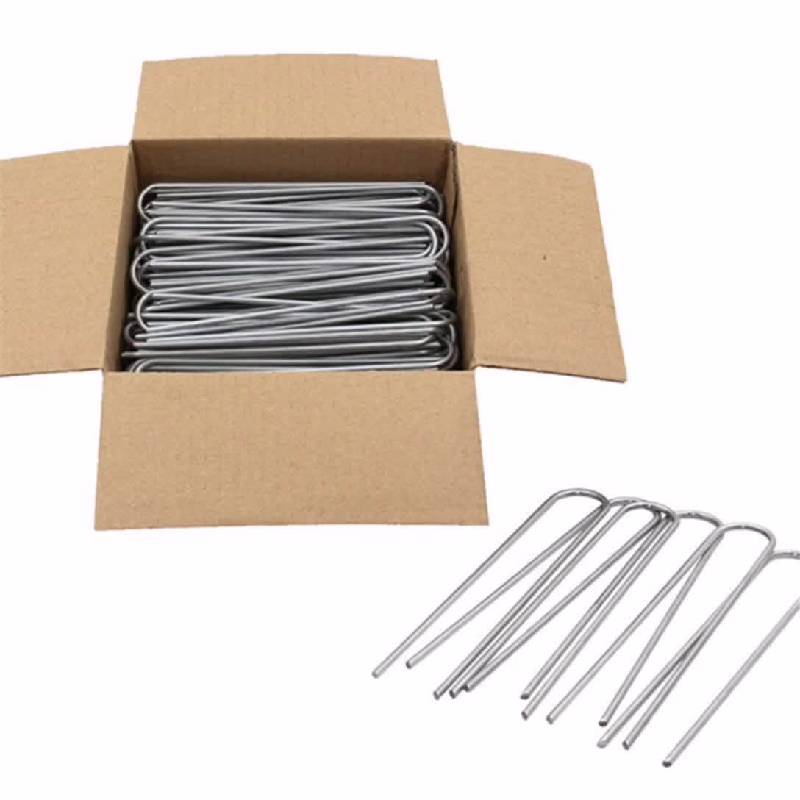
- Mobile Phone
- +8613931874955
- sales@cntcmetal.com
small compression springs
Understanding Small Compression Springs An Essential Component in Modern Design
Small compression springs play a pivotal role in various mechanical systems and devices, providing essential support to many applications across different industries. These compact powerhouses are designed to exert a force when compressed, allowing them to perform critical functions in various machinery, tools, and everyday objects.
What Are Small Compression Springs?
Small compression springs are cylindrical coils that are made from wire and designed to store potential energy when compressed. The primary characteristic of these springs is their ability to return to their original shape once the compressive force is removed. This functionality makes them invaluable in applications where space and weight are critical considerations.
Applications Across Industries
These springs are used in a wide variety of applications ranging from the automotive and aerospace industries to consumer electronics and medical devices. In automotive manufacturing, for instance, small compression springs can be found in seat mechanisms, airbag systems, and throttle controls. They provide the necessary return force and support for components, ensuring safety and reliability.
In the realm of electronics, small compression springs are often used in devices like remote controls, keyboards, and switches. They enhance user experience by providing tactile feedback and ensuring that mechanical keys return to their default position after being pressed. Furthermore, in the medical field, these springs are instrumental in devices such as syringes, inhalers, and hospital beds, where precise control and reliability are paramount.
Material Selection
The effectiveness of small compression springs primarily relies on the materials used in their construction. Common materials include stainless steel, music wire, and sometimes specialized alloys that can withstand extreme temperatures and corrosion. The choice of material impacts the spring's performance, durability, and resistance to fatigue over time. For instance, stainless steel springs are favored in environments prone to moisture and corrosion, whereas music wire is preferred for general use due to its wear resistance and cost-effectiveness.
small compression springs

Manufacturing Techniques
The manufacturing of small compression springs involves several key processes. The first step is wire drawing, where the chosen material is drawn through a series of dies to achieve the desired diameter. Next, the wire is coiled into the spring shape using precision machinery that ensures uniformity and accuracy. After coiling, springs undergo heat treatment processes to enhance their mechanical properties, followed by surface treatments to improve corrosion resistance. Each step is critical to ensure that the springs meet specific load requirements and performance criteria.
Design Considerations
When designing small compression springs, engineers must account for several factors, including the spring's free length, diameter, coil count, and material properties. The spring constant, which determines how stiff the spring is, is calculated based on these variables. Additionally, it’s essential to consider the application’s requirements, such as the maximum load the spring will endure and the range of motion needed.
Challenges and Innovations
One of the significant challenges in the design and manufacturing of small compression springs is the balance between strength and size. As devices become increasingly compact, manufacturers are called to produce smaller springs without sacrificing performance. Innovations in materials science, such as the development of high-strength alloys and advanced manufacturing techniques like 3D printing, are helping to overcome these challenges.
Conclusion
Small compression springs are more than just basic mechanical components; they are essential elements that enhance the functionality and performance of a myriad of devices across industries. With their unique ability to store and release energy efficiently, they help to ensure that systems operate smoothly and reliably. As technology continues to advance, the demand for precision-engineered small compression springs will only grow, driving innovations that will redefine their application in modern design and engineering. Understanding their construction, materials, and application methods not only highlights their importance but also underscores the intricate balance of engineering expertise required to produce these indispensable components.
share:
-
Your Source for Concrete Wall Ties and Masonry AccessoriesNewsJul.10,2025
-
Unlocking the Power of Iron Wire for Every ProjectNewsJul.10,2025
-
Explore Advanced Chain Wire and Stainless Steel Mesh FencingNewsJul.10,2025
-
Discover the Benefits of Annealed Wire ProductsNewsJul.10,2025
-
Discover China Stainless Steel Wire Mesh SolutionsNewsJul.10,2025
-
Build with Confidence Using High-Performance Masonry AccessoriesNewsJul.10,2025
-
Why Sacrificial Formwork Is Redefining Underground ConstructionNewsJun.06,2025



















